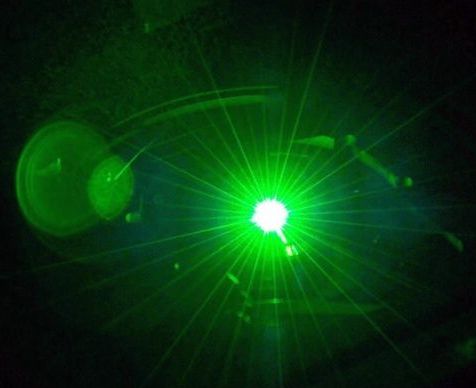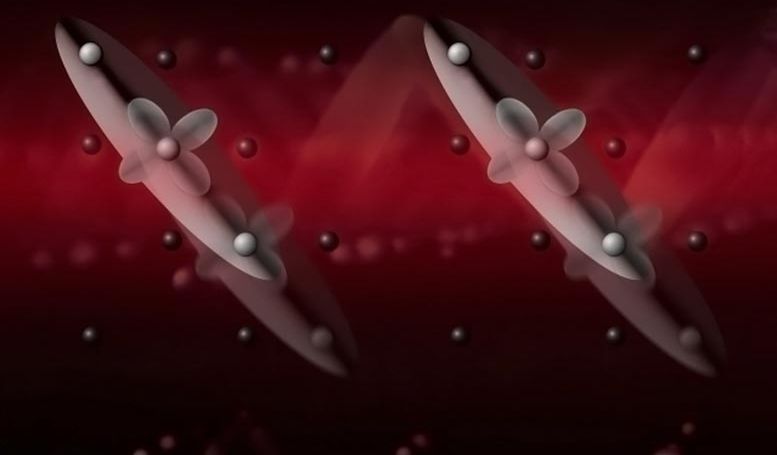The country is still heavily reliant on coal, but this could change in the years ahead.


Extreme graphics: 3.
A new power is born out of the ancient Pyramid ship above Europa’s frozen frontier, and a dark empire has risen beneath, united under the banner of the Fallen Kell of Darkness, Eramis. Join your fellow Guardians and bring down the empire at any cost – even if it means wielding the Darkness itself.
As the new threat emerges, so too does a mysterious new power – Stasis. Rooted in Darkness, Guardians will wield this new elemental power alongside Arc, Solar, and Void to dominate the battlefield. Titans, Warlocks, and Hunters each use Stasis in a different way, from slowing down foes with Stasis fields to encasing and shattering enemies with destructive might.
Pre-Order Beyond Light: bung.ie/BeyondLight
FOLLOW DESTINY:
Facebook: https://www.facebook.com/DestinyTheGame
Twitter: https://www.twitter.com/destinythegame
Instagram: https://www.instagram.com/destinythegame
Discord: http://www.discord.gg/destinygame
FOLLOW BUNGIE:
Facebook: https://www.facebook.com/Bungie/
Twitter: https://www.twitter.com/bungie
Instagram: https://www.instagram.com/bungie/
⠀ ⠀ ⠀ ⠀
Dive into the free-to-play world of Destiny 2 to experience responsive first-person shooter combat, explore the mysteries of our solar system, and unleash elemental abilities against powerful enemies. Create your Guardian and collect unique weapons, armor, and gear to customize your look and playstyle. Experience Destiny 2’s cinematic story alone or with friends, join other Guardians for challenging co-op missions, or compete against them in a variety of PvP modes.

A laser pulse, a special material, an extraordinary property which appears inexplicably. These are the main elements that emerge from a research conducted by an international team, coordinated by Michele Fabrizio and comprising Andrea Nava and Erio Tosatti from SISSA, Claudio Giannetti from the Università Cattolica di Brescia and Antoine Georges from the Collège de France. The results of their study have recently been published in the journal Nature Physics. The key element of the study is a compound of the most symmetrical molecule that exists in Nature, namely C60 bucky-ball, a spherical fullerene.
It is well known that this compound, with the chemical formula K3C60, can behave as a superconductor — that is, conduct without dissipating energy — below a critical temperature of 20 degrees Kelvin, i.e. around −253 degrees Celsius.
It has recently been discovered that K3C60 is capable of transforming into a high-temperature superconductor when struck by an extremely brief laser pulse. This material takes on superconductive properties — albeit extremely briefly — up to a temperature of −73 degrees Centigrade, almost 100 degrees above the critical equilibrium temperature. The research just published by the scientists explains the reason for this mysterious behaviour.
Solar photovoltaic (PV) systems have a utilization (or capacity) factor of 15–20% worldwide. We propose to enhance the energy yield in a software-defined manner by complementing commodity solar PV systems with cloud-based IoT-controlled reflectors. We also propose designs for brownfield and greenfield settings in solar farms. We study a number of practical engineering issues including effect of solar azimuth, shadowing effects, ground coverage ratio (GCR) tradeoff, constraints on angular control etc. Our designs can raise solar PV energy yield between 50–100% with modest tradeoffs on operational complexity, land requirements (ground coverage ratio) etc. The software-defined IoT control allows a variety of current and future operational or business constraints to be flexibly factored in to tradeoff these factors versus economic gain (eg: levelized cost of energy, LCOE). The paper presents both simulation and experimental evidence for our system. We are actively piloting this technology with solar PV developers and engineering, procurement, construction (EPC) companies in emerging markets.

Have you ever wanted a grill that you can carry anywhere and it doesn’t need fuel? Well, then we present to you the GoSun Grill. This innovative solution to everyone’s need for a cool-looking, fuelless, clean portable oven should be a must on every “outdoorsy” person’s wishlist. Impress your friends with this device and your personal cooking skills at the beach, in the park or wherever you’d like really.
Let’s have a closer look at this solar cooker.
The story of GoSun Grill.

Although tidal energy is still in its infancy, it could help to reduce Australia’s dependence on fossil fuels.
“The majority of the energy in the national grid is from coal,” explained Jenny Hayward, a research scientist at Australia’s national science agency, CSIRO. “We also have wind and solar PV [photovoltaic].”

Optics-based technologies such as optical fibers have strongly influenced the age of wired communication. Now they look set to revolutionize wireless communications as well and solve key issues with traditional radio-based approaches by using steerable, narrow infrared beams to send large amounts of data to user devices individually in an energy efficient and secure manner. Researchers at Eindhoven University of Technology are developing new methods for infrared wireless communications that could change how we access data forever.
The modern world is fast becoming a wireless, infrared world! Until now, the majority of wireless communications, both indoor and outdoor, have been radio-based. Although signal modulation techniques can squeeze more data into the limited radio-frequency spectrum and spatial multiplexing can combine multiple data signals into one signal without requiring more spectrum, we are struggling to meet our exponentially growing data demands.
The solution could be optical wireless communications, which use optical wavelengths over a wide spectral range from a few hundred nanometers to a few micrometers that includes visible and infrared radiation. Ton Koonen and researchers at the Institute for Photonic Integration are designing prototype systems with a capacity of more than two thousand times that of current shared WiFi systems. They have presented their work in an invited paper for the themed issue, “Optical Wireless Communication,” of the Royal Society’s Philosophical Transactions A, the oldest ongoing scientific journal in the world. Isaac Newton’s first paper, “New Theory about Light and Colours,” was published in the same journal in 1672.

A Tesla owner has demonstrated a rather novel way to charge his Model 3. In a recent video, Sean Callaghan of the ItsYeBoi YouTube channel opted to use a series of off-the-shelf solar panel sheets onto a towable trailer to create a mobile charging unit for his all-electric sedan.
Callaghan planned to use only the sun and the solar sheets purchased from e-commerce platform Wish to charge his Model 3. The solar panel sheets would collect energy from the sun and transfer it to a control panel. The control panels were connected to batteries that would hold the energy—the batteries connected to an inverter, which would then charge the Tesla Model 3.
The entire assembly would provide the Model 3 with about 800 watts of energy on a completely sunny day. However, Callaghan shot the video when weather was overcast, so the entire solar panel trailer build only managed to provide around 300 watts throughout the YouTube host’s test.

Washington State University (WSU) and Pacific Northwest National Laboratory (PNNL) researchers have created a sodium-ion battery that holds as much energy and works as well as some commercial lithium-ion battery chemistries, making for a potentially viable battery technology out of abundant and cheap materials.
The team reports one of the best results to date for a sodium-ion battery. It is able to deliver a capacity similar to some lithium-ion batteries and to recharge successfully, keeping more than 80 percent of its charge after 1,000 cycles. The research, led by Yuehe Lin, professor in WSU’s School of Mechanical and Materials Engineering, and Xiaolin Li, a senior research scientist at PNNL is published in the journal, ACS Energy Letters.
“This is a major development for sodium-ion batteries,” said Dr. Imre Gyuk, director of Energy Storage for the Department of Energy’s Office of Electricity who supported this work at PNNL. “There is great interest around the potential for replacing Li-ion batteries with Na-ion in many applications.”

An international team of scientists uncovered exotic quantum properties hidden in magnetite, the oldest magnetic material known to mankind. The study reveals the existence of low-energy waves that indicate the important role of electronic interactions with the crystal lattice. This is another step to fully understand the metal-insulator phase transition mechanism in magnetite, and in particular to learn about the dynamical properties and critical behavior of this material in the vicinity of the transition temperature.
Magnetite (FeO4) is a common mineral, whose strong magnetic properties were already known in ancient Greece. Initially, it was used mainly in compasses, and later in many other devices, such as data recording tools. It is also widely applied to catalytic processes. Even animals benefit from the properties of magnetite in detecting magnetic fields – for example, birds are known to use it in navigation.
Physicists are also very interested in magnetite because around a temperature of 125 K it shows an exotic phase transition, named after the Dutch chemist Verwey. This Verwey transition was also the first phase metal-to-insulator transformation observed historically. During this extremely complex process, the electrical conductivity changes by as much as two orders of magnitude and a rearrangement of the crystal structure takes place. Verwey proposed a transformation mechanism based on the location of electrons on iron ions, which leads to the appearance of a periodic spatial distribution of Fe2+ and Fe3+ charges at low temperatures.